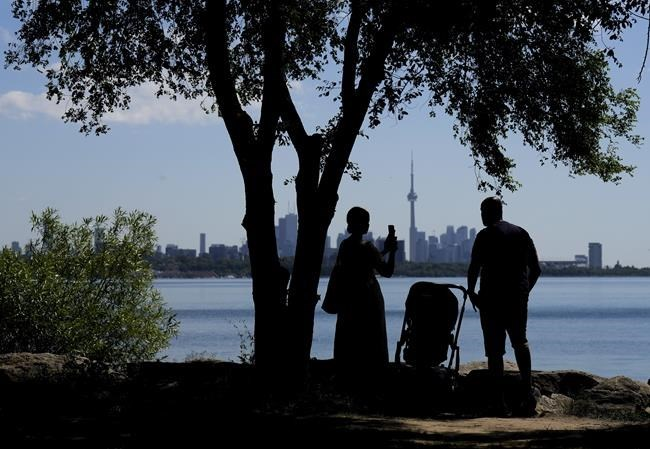
Ontario’s tourism industry is not expected to fully recover from the pandemic until 2025, the Ontario Chamber of Commerce and the industry say in a joint report, with recommendations including tax incentives, cannabis tourism and affordable housing to support staff recruitment.
Tourism businesses in the province are generating 64 per cent of the revenues they saw in 2019, on average, and seven in 10 report they have taken on debt to stay afloat, according to the OCC and Tourism Industry Association of Ontario report set to be released Tuesday.
Daniel Safayeni, vice-president of policy at the chamber of commerce, said the province will need a broad strategy to address those challenges.
“The potential of this industry will not be reached until both some of the immediate challenges get addressed, but then also the more structural challenges as well that are prohibiting the growth, not only of the tourism industry, but many industries that have been perhaps disproportionately impacted by COVID,” he said in an interview.
In the short term, the Ontario government could make its staycation tax credit permanent and the federal government could increase maximum COVID business loan forgiveness amounts and extend an interest-free repayment period, the report suggests.
Ontario could also encourage cannabis tourism, through regulatory changes around special event permits and consumption lounges, Safayeni said.
“We know increasingly international tourists are looking more and more for a cannabis experience within their tourist trips,” he said.
“That can be a draw of its own — just look what regions like Prince Edward County and Niagara has done with wine. Imagine something similar to that within the cannabis sector and the types of international and domestic tourists that can draw as well.”
However, there is a challenge not only with drawing tourists to Ontario, but drawing people to work in the industry. There has been an 81 per cent increase in tourism and hospitality job postings compared to 2019, the report said.
“With tourism businesses unable to hire the staff they need, and existing staff capacity strained by COVID-related worker absences and burnout, the labour crisis is affecting the ability of businesses to meet visitor demand,” the report said.
“The majority of tourism operators cite staffing chalÂlenges as the greatest barrier to recovery.”
The report also recommends immigration system changes in order to attract newcomers to hospitality work as well as to retain people who come to Ontario as international students. At Centennial College, 92 per cent of the students in the two-year tourism program are international and most planned to apply for a postgraduate work permit, the report said.
But immigration backlogs and rules for certain programs that disqualify hospitality workers mean Ontario is losing out on that potential, the report said.
Looking beyond tourism-specific recommendations, the report also identifies a number of broader changes that could help the tourism sector — and others — better recruit and retain workers. It suggests improved transit and transportation infrastructure, more affordable and rental housing, and better connectivity for rural Ontario through broadband.
Ontario’s minister of tourism, culture and sport said in a statement that he was pleased to receive the report and will continue to address the industry’s challenges.
“We are working to ensure Ontario’s tourism industry re-emerges as an economic powerhouse, welcoming visitors and showcasing all that Ontario has to offer,” Neil Lumsden wrote.







